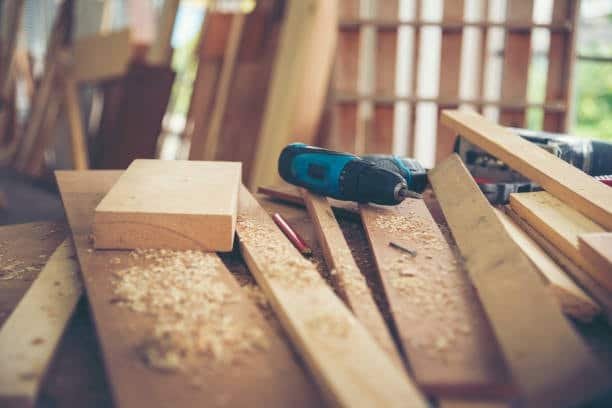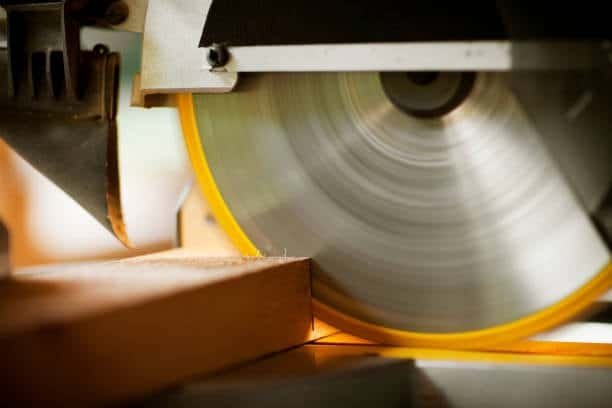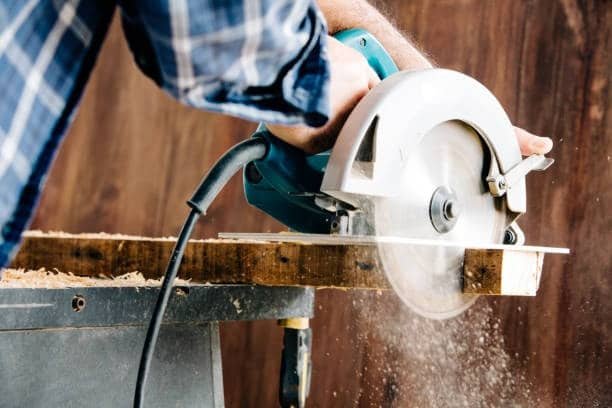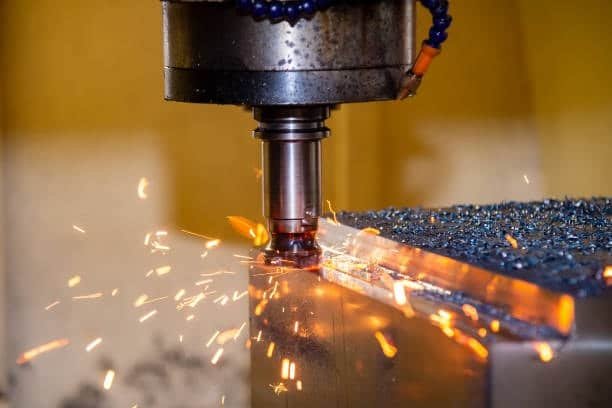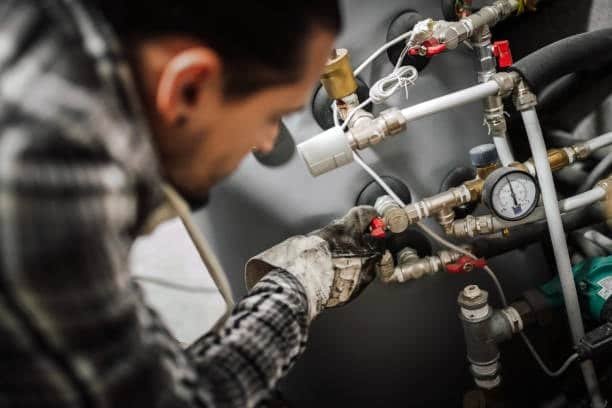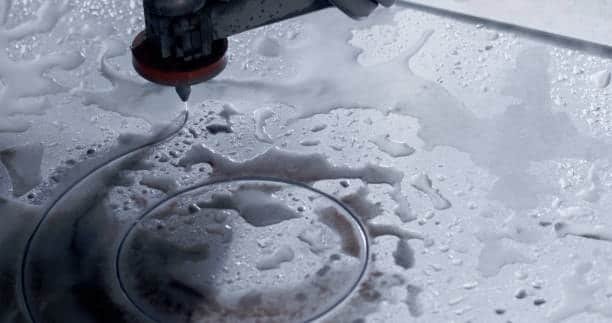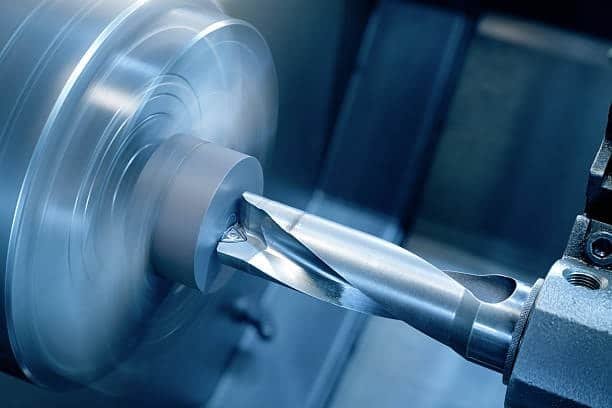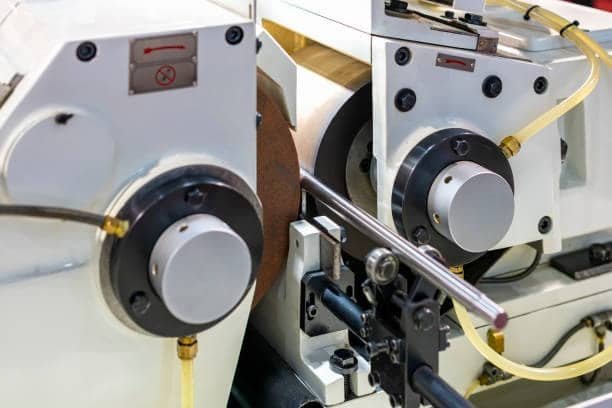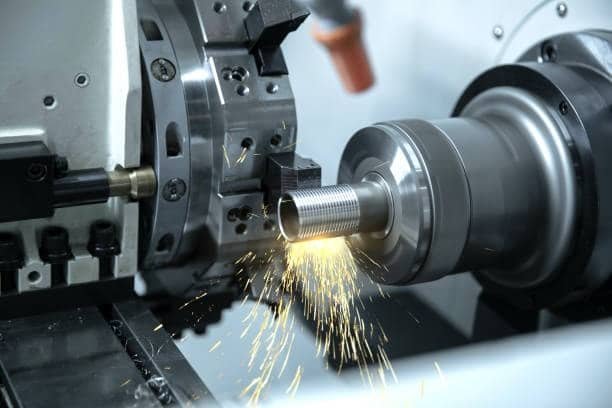Mastering the Cutting Edge: Essential Guide to Cutting Tools in Lathe Operations
Cutting tools form the backbone of lathe machining operations, directly influencing the quality, efficiency, and economics of the manufacturing process. This comprehensive guide has explored the fundamental aspects of lathe cutting tools, including their evolution, essential components, and the various types available for different applications. We’ve examined how tool geometry affects performance, the critical parameters that govern cutting operations, and strategies for optimizing tool life. Additionally, we’ve discussed troubleshooting common problems, maintenance best practices, and emerging trends that are shaping the future of cutting tool technology. By understanding these concepts and applying them thoughtfully, machinists can elevate their craft and achieve superior results in their lathe operations.

